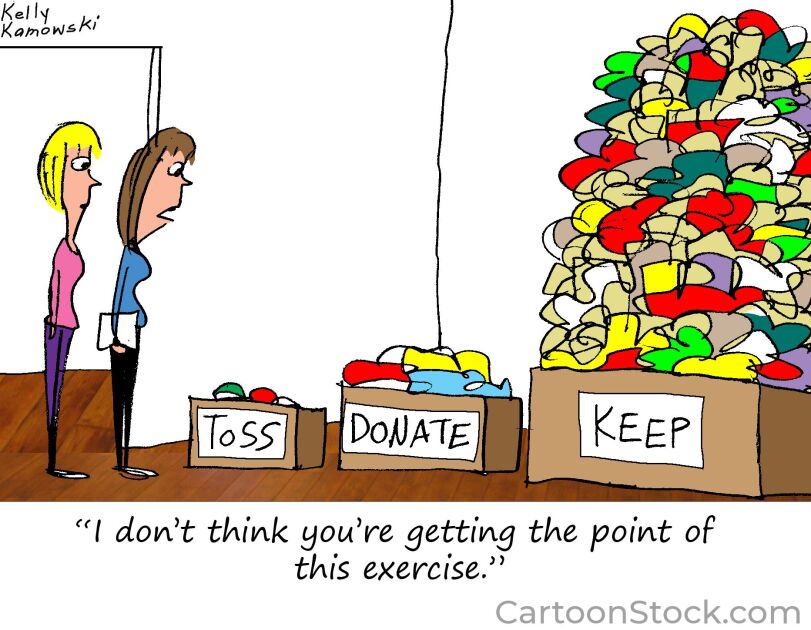Based on a comprehensive analysis of data, the Quality Counts report card answers a key question: Where does my state rank for educational opportunities and performance?
States are graded and ranked in three categories: Chance for Success (January), School Finance (June), and K-12 Achievement (September). A state’s overall grade, published in September, is the average of its scores on the three separate indices tracked for the report card.
State Overview
This year, Florida finishes 23rd among the 50 states and the District of Columbia, with an overall score of 75.6 out of 100 points and a grade of C. The nation as a whole posts a grade of C.
Diving into the findings for the three graded indices, Florida earns a C-plus in the Chance-for-Success category and ranks 32nd. The average state earns a B-minus. In School Finance, Florida receives a D-plus and ranks 42nd. For the K-12 Achievement Index, it finishes third with a grade of B-minus. The average state earns a grade of C in both School Finance and K-12 Achievement. More details on results in these categories are reported below.
Chance for Success: Gauging Educational Opportunities
The EdWeek Research Center developed the Chance-for-Success Index to better understand the role that education plays in promoting positive outcomes across an individual’s lifetime. Based on an original state-by-state analysis, this index combines information from 13 indicators that span a person’s life from cradle to career. Those indicators fall into three sub-sections: early foundations, school years, and adult outcomes.
The index evaluates each state using a range of measuring sticks, including:
- How educated are parents?
- What share of 3- and 4-year-olds are enrolled in preschool?
- Are K-12 students proficient in reading and math?
- What’s the high school graduation rate?
- What percentage of adults have steady employment?
Diving into the findings, Florida earns a C-plus in the Chance-for-Success category and ranks 32nd. The average state earns a B-minus.
Early Foundations: Are Kids Getting Off to a Good Start?
For early foundations, which examines factors that help children get off to a good start, Florida earns a B-minus and ranks 41st. The average state posts a B.
School Years: How Are Students Faring in School?
Florida receives a B-minus for the school years, a sub-category focusing on metrics related to pre-K enrollment through postsecondary participation. It finishes 17th in the nation in this area. By comparison, the nation as a whole earns a C-plus.
Adult Outcomes: Are Adults Finding Opportunities for Success?
In the area of adult outcomes, based on postsecondary educational attainment and workforce indicators, Florida’s grade is a C-minus. It ranks 41st in the nation. The national average is a C-plus.
School Finance: Grading the States on Spending and Equity
This year, Florida finishes 42nd among the 50 states and the District of Columbia, with an overall score of 68.5 out of 100 points and a grade of D-plus. The nation as a whole posts a grade of C.
The school finance analysis examines two critical aspects of school spending. Of the eight indicators in this category, four assess school spending patterns, while the remaining metrics gauge equity in the distribution of funding across the districts within each state.
Spending: How Much Are States Devoting to Education?
The spending metrics shed light on major questions, such as:
- What does the state spend per-pupil when adjusted for regional cost differences?
- What percent of students are in districts with per-pupil spending at or above the U.S. average?
- What share of total taxable resources are spent on education?
Across the spending indicators, Florida finishes with an F compared with a national average of D. Florida ranks 46th in the nation in this area.
Equity: How Are Funds Distributed Across Districts?
For each state, topics covered by the equity analysis include:
- To what degree does funding for property-poor districts differ from that of their wealthier counterparts?
- How different are the spending levels of the highest- and lowest-spending districts?
On the equity measures, Florida receives an A, which places it second in the national rankings. The nation as a whole earns a B-plus.
K-12 Achievement
The K-12 Achievement Index examines 18 distinct achievement measures related to reading and math performance, high school graduation rates, and the results of Advanced Placement exams. The index assigns equal weight to current levels of performance and changes over time. It also places an emphasis on equity, by examining both poverty-based gaps and progress in closing those gaps.
Indicators in the index can be broken down into three sub-categories: status, change, and equity.
The index provides information on key questions, such as:
- What percentage of 4th and 8th graders are proficient in reading and math?
- How has student achievement changed over time?
- How large are gaps between low-income students and their more affluent peers? Have those gaps narrowed over time?
Status: How Are Students Performing Today?
Measures in the status sub-category evaluate a state’s current performance. Florida receives a C in this area and ranks 12th in the nation. The average state earns a C-minus.
Change: Has State Achievement Improved Over Time?
The change sub-category examines a state’s improvement over time. In this area, Florida posts a C-plus and ranks second. The national average is a D-plus.
Equity: How Large Are Poverty-Based Gaps?
In the equity sub-section, states are graded based on disparities between low-income students and their more affluent peers. Florida’s grade on those poverty-gap measures stands at an A-minus. Nationally, it ranks fourth in this area. The nation as a whole receives a B-minus.







